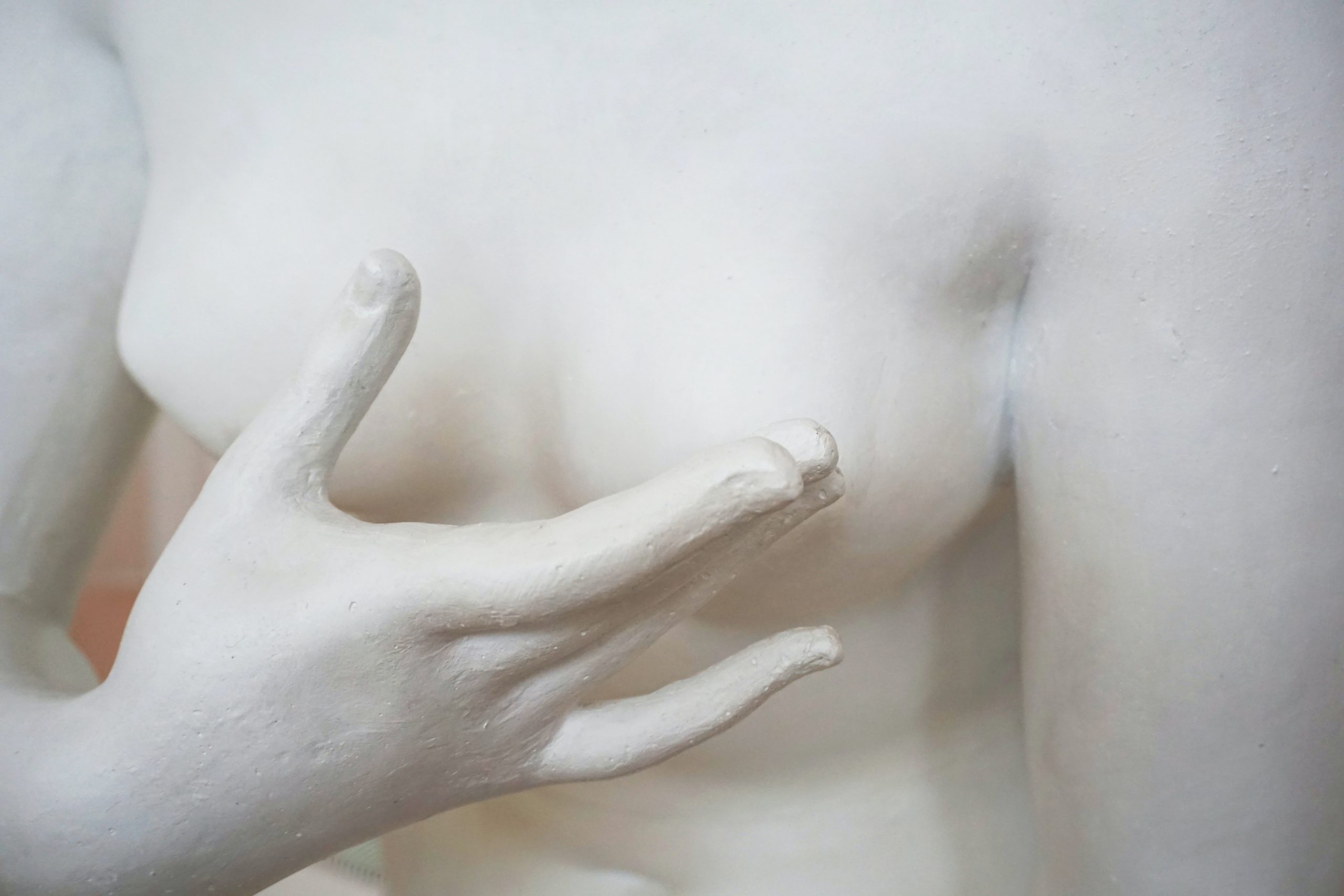
Body + Mind is reader-supported. We may earn an affiliate commission when you buy through some of the links on our site.
The second most common type of cancer in America is breast cancer. You should know how your breasts usually look and feel so that you can recognize abnormalities. It’s always better to catch any type of cancer early. This way, you’re able to access more effective treatments.
A breast self-exam won’t be able to detect everything. But if you combine personal screenings with professional tests, you have a higher chance of catching problems early. Here’s a step-by-step guide on how to check for breast cancer at home.
It’s key to note that no pair of breasts look the same. They can have different shapes and sizes that are unique to you. For example, you shouldn’t immediately worry when you see that one breast is larger than the other. An effort to get to know your breasts will ensure you can spot inconsistencies.
You may be more likely to get breast cancer due to various circumstances. These factors include weight, age and more. It’s imperative to pay attention to genetics. If you have family members who had breast cancer, you might get breast cancer yourself.
Be sure to alert your doctor to any sudden differences in your breasts. Spending time getting to know your breasts is important because your breasts can change during certain circumstances that don’t indicate cancer. Therefore, you should start performing breast self-exams at least monthly.
Here’s how to check for breast cancer at home. You can try three methods: in the shower, in the mirror or lying in bed. The second option might be best if you’re not yet familiar with your breasts’ natural look and feel. In any case, you should consider your options.
The shower can be a convenient environment for obvious reasons. A breast self-exam is as easy as shampooing your hair. Therefore, you should be able to navigate the test with ease.
Position your left arm so that your left hand rests behind your head. Use your right hand’s three middle fingers to gently press around your left breast. Move your fingers around the area so that you get your armpit and collarbone, too. The goal is to look for any odd lumps, knots or thickening. Repeat this process for your right breast.
Look into a mirror with your shoulders straight. Take a few moments to examine how your breasts look. If you’ve never seen your breasts in such a way, you should try to identify their unique shape and size. That information will help you later.
Keep looking into the mirror. Raise your arms above your head. How do your breasts look in this position? Be sure to examine your armpits, too. If you have bigger breasts, you should be able to see more through this view.
Remember that your breasts won’t likely match exactly. That’s normal. You should look for largely noticeable differences instead. Things like puckering and dimpling will make your breasts contrast more than they already do. Check for nipple discharge, too.
Try lying down on your bed. This perspective can help you “investigate” better because the breasts’ tissue spreads along the chest wall when you lie down. It can also be an easy task to incorporate into your bedtime routine.
Lie down with your left arm extended backward. It helps to have a pillow under your left shoulder to offer support. Use your right hand’s three middle fingers to gently press around the left armpit, breast and collarbone. Lightly squeeze the nipple to check for fluids. Repeat this process with your right breast.
If you find an abnormality, you shouldn’t panic — 80% of breast lumps are benign. That said, it’s still important to consult your physician when you discover that something has changed. You should always try to rule out breast cancer as soon as possible.
Be sure to have a mammogram as often as recommended by your doctor. This professional screening is the only way to know for sure whether any concerns exist. That test paired with your self-exam is an effective way to stay on top of your breast health.
Knowing how to check for breast cancer at home will help you play a more active role in your breast health. Use this information to perform a self-exam effectively. As a result, you’ll be one step ahead.
Your email address will only be used to send you our newsletter, and at any time you may unsubscribe. For more information, see our Privacy Policy.